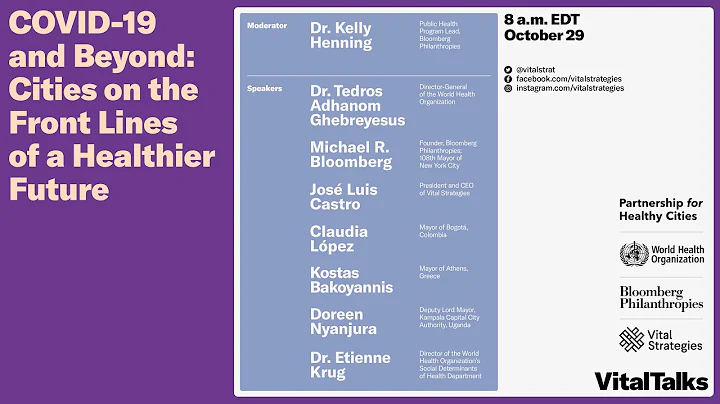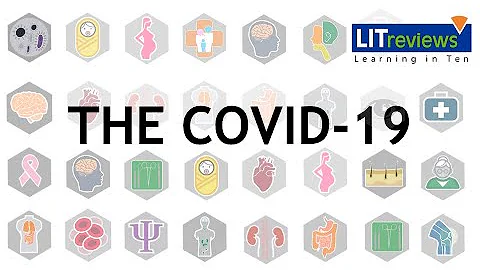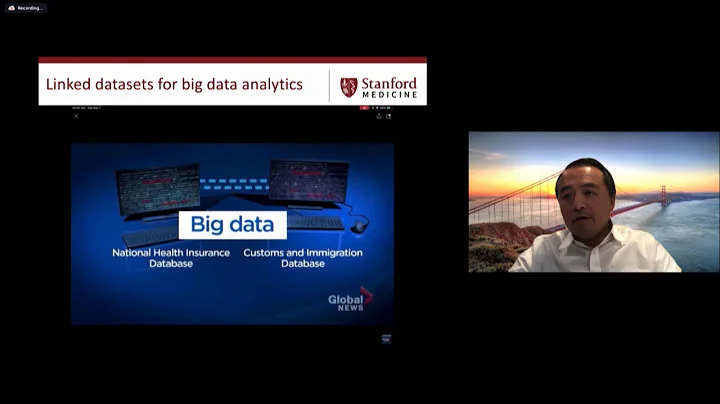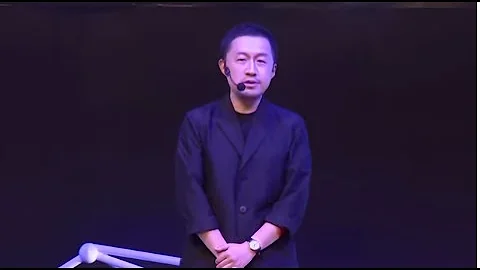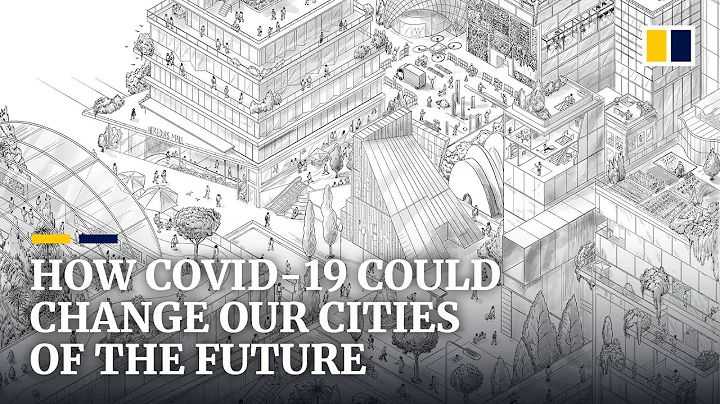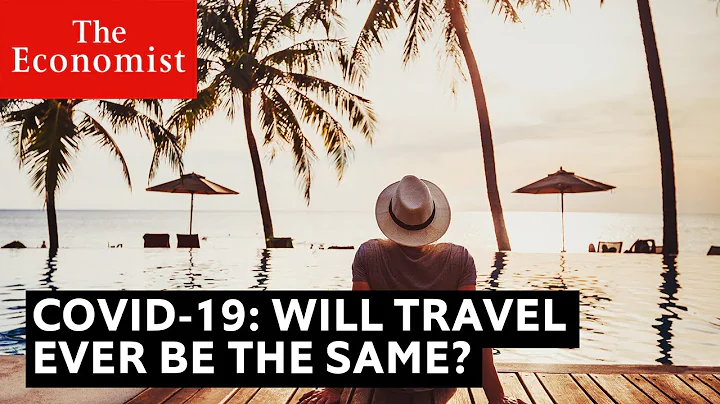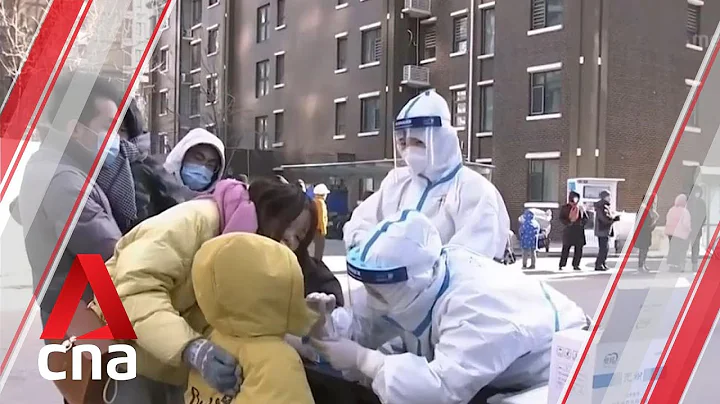Author: Xu Xiang Ryan Xu
Due to the closure of the epidemic, it is difficult to return to work once he returns home. Lao Wang has been away on business for two full months, from cities to towns, from the first line to the fifth line, and from urban areas pure From RT-Mart to the simulation of "RT-Mart" in small towns, from drinking tea with retail workers to drinking with bosses of large and small dealers, Lao Wang has visited more than 20 markets that not only span the 1, 2, 3, 4 and 5 city levels in his jurisdiction , and it also comprehensively covers different channels from Laos, China and New China, and covers different fields of micro, near, medium and long distance.
Every night after visiting the market, he returns to the hotel, lights a cigarette and makes a pot of tea. Lao Wang always writes down a few paragraphs of his thoughts on the day's work in his notebook. The more he reviews, the more he discovers that the recent market channels and terminals have Something is changing.
Perhaps these changes are called micro-trends at best, but please think about it, isn’t the spiral evolution of the fast-moving consumer goods industry every few years coming from one subtle small trend after another? These small changes, small developments and small trends that are insignificant but are gathering strength may be affecting our industry...


Different city levels have different channels
1 From "fragmentation" to "heading", the first- and second-tier markets Channel changes are underway.
In the past few years, Beijing, Shanghai, Guangzhou, Shenzhen and first-tier cities have been the core battlefields for channel capitalization and fragmentation. Business in the past traditional channels, core channels and moat channels has been constantly being cannibalized, transformed and replaced by new retail and new channels.
Why are the channels most popular and fragmented in first-tier cities? Because there are people in big cities (the highest quality consumers and the highest quality workers)! The bigger the city, the more it can attract young talents. The core of the Internet and FMCG is people. Generations of outstanding young people are needed to burn energy and creativity to promote every brand upgrade and product line iteration.
The channel complexity and iteration frequency in second-tier cities are much better than those in Beijing, Shanghai, Guangzhou, Shenzhen and first-tier cities. After all, new channels and new platforms not only use young people, but also sell to young people. The "siphon effect" allows first-tier cities to not only absorb If there are newcomers and talents in tiers 3-6, second-tier cities will not let them go.
New channels have been broken and rolled at the same time, but they cannot grow if they are too broken, and profits are poor if they are too rolled. In addition, three years of the epidemic have passed and it is now three more years. Is it the new crown knows Chen Yongren, and many new platforms that are already fragile cannot withstand They have gradually withdrawn from the competition since the outbreak of the epidemic, and now only the top seed players are left in each track.
2 The traditional core channels still serve as the “big brother”, but there are undercurrents in the third, fourth and fifth tier markets.
In the third, fourth, fifth and sixth tiers, traditional hypermarkets, chain supermarkets and wholesale distribution are still strong and active, and it seems that the years are still peaceful. However, B2B, community group buying and Pinduoduo’s three waves of robbery have caused the price system of low-tier cities to be destroyed in the past. Breakthrough, it is much more difficult to make money than before, and the business experience of dealers and manufacturers will be much worse than before.
The sinking market has been mentioned a lot in recent years. To a large extent, the "volume" in first-tier cities has not moved. However, the reality is that business in lower-tier cities is a "cabbage". From dealers to retailers, it is relatively "cabbage". , for "volumes" at a lower level, the key to hitting the sinking market is to focus on core channels and saturate them, and at the same time, combine the shaping tactics of first- and second-tier cities to form a dimensionality reduction attack in the third, fourth and fifth tiers, which can be exploited with high efficiency Markets in county-level cities, counties, towns and townships were opened one after another.
3 There are always some channels that want to open up business at the city level, but it is easy to penetrate but not easy to harvest.
- B2B uses subsidies to focus on To B small stores, aiming to build shop owners’ purchasing mentality to carry out cross-city level channel sales;
- community group buying’s trump card later joined the war is to use To B and To C double inclusive benefits, aiming to build consumers and platforms The stickiness of Pinduoduo;
- Pinduoduo is the first shopping platform in the sinking market through price and social interaction, directly connecting consumers in low-tier cities.
The original intention of these new retail channel platforms is to use the efficiency of the Internet to solve the millennium problem of sinking FMCG brands. No matter how they evolve, they must eventually pass the profit barrier. The reality is that the attempts and efforts of these channels have already affected the low-end market. The impact and weakening of traditional core channels cannot be ignored.

Different values, different ways out
1 I would like to say that crossing borders is not easy, and dealers are confused and anxious.
It has not been easy offline for many years, so I am often asked by dealer bosses - "Recently, many colleagues do community group buying. Do we want to do it too?”, “I heard that opening a store on Pinduoduo is very profitable, do we still have a chance?”, “Lao Li is engaged in live broadcasting on Douyin, and I have cleared a lot of spot items recently, and I want to clear them out too. Is it okay to prepare a room for live broadcast? ”
Whether it is okay or not is actually based on a clear understanding of oneself! Because romantic fantasies about any unfamiliar field are essentially due to ignorance of this new thing.
There are indeed more and more professional franchised dealers, such as Taobao Distribution, Pinduoduo, JD.com POP, community group buying, Douyin Kuaishou, etc. However, the dealers who have successfully emerged either have platform resources and relationships, Either they have many years of experience in the industry, or they have hired a professional trading team, or their boss is young and eager to learn and is very successful. There are really not many new retail and new e-commerce distributors that really rely on transformation to break away from the traditional ones.
Whether you are a ancestral dealer who transformed from a department store in the ancient times of the industry, or a newbie who has just changed roles from a factory worker to join the distribution business, the transition from offline business to new retail and e-commerce business is A very grueling crossover! Their mood and enthusiasm for actively seeking cross-border distribution are worthy of encouragement. It is recommended to start with digital channels that are strongly related to offline sales (such as community group buying, labor insurance group buying e-commerce and bank points dropshipping, etc.).
2 It is difficult for the second generation to take over, and it is also difficult for new households to start a business.
Having seen more markets, many problems are no longer surprising. In fact, if a market is sluggish, you may be able to find a hundred reasons, but there is always one reason why dealers do not want to make progress, because the bosses of the first-generation fast-moving consumer goods dealers are all old, and even though they are still full of fighting spirit, they do not have enough energy to support them. , the problem of second-generation succession has become increasingly prominent.
has visited countless dealers, and the prosperous bosses always have their own sad stories when it comes to their children. According to the author's experience, the probability of successfully taking over the business is no more than 10%. In fact, this is understandable. Most FMCG bosses stepped into the limelight of the industry back then, but now they may not have figured out how to succeed. There is a high probability that such good luck will not hit your family twice.
First-generation dealers actually don’t have to worry too much about their children not being able to pick up the phone or not wanting to pick it up. What they have to worry about is that they are messing around. Compared with the real "second generation", the second generation of dealers are originally the "little second generation" with relatively fragile wealth. Sometimes it is safer to do nothing than to always want to do something. After all, the dealer's gross profit will not be high in the future. In the past, the most important thing was to preserve the fruits of victory to the next generation.
On the other hand, it is becoming increasingly difficult to start a new business. Receivables, personnel costs, compliance operations, product mix, price impact, etc. Any of the above factors may cause enthusiastic new dealers to be beaten by reality.
3 Whether time is a friend or a bad friend, the key lies in mentality
The more fragmented the channels, the more backdoors for shipments. In recent years, the wholesale market has become active again, and there are always a few "century-old" companies in each market. The "old shop" has persisted to this day, repeating the two points and lines of stalls and warehouses as it did more than ten or twenty years ago. The outside world has long been very colorful, but their world has always been very black and white.
Many of the young people who have worked for them have already established their own businesses, and some have even made the leap from apprentice to master. In fact, everything is normal. FMCG The most valuable thing in the world is qualifications. Senior qualifications only mean that The time scale has nothing to do with the ability to do business.
The ups and downs of FMCG dealers are nothing more than mentality . Is the mentality proactive, daring to try, hands-on, or timid, settling for a small fortune, and disconnecting from the market? The result is just a few streets away. . The difference is not noticeable in a short time, but once the time is extended, the sky and the earth are looking at each other from a distance.

Different sizes have different anxieties
1 The growth worries of retailers in high-end markets
The only retail hypermarkets that have had the best time this year are member stores. Other retailers are facing the dilemma of declining customer flow, and their layout is widespread across the country. Now it is no longer a competitive advantage, but has become an operational burden.
Regardless of whether they are national customers or regional customers, the pressure to stop the decline and the pressure to make profits have caused many customers to seek medical treatment in a hurry. They frequently make moves in the short term in the hope of recovering their health. However, things often backfire, and the more actions taken, the worse the results.
Their anxieties and challenges are no less than those of dealers!
Is it selling more new domestic products with low prices or selling more famous and high-quality products? Should we sell more high-gross, low-flow standard products or create more space for fresh, non-standard products? Is it self-built O2O or is it coerced into a distant cooperation?
The higher the dimension of the city, the larger the business volume, and the higher the level of anxiety. . The billionaire boss seems to be arrogant and good at dancing, but who can see the ashtray full of cigarette butts late at night...

Brand business capabilities Listening to their confusions and anxieties and putting yourself in their shoes to help retailers solve problems together is the biggest shortcut to building customer loyalty at the moment. Using this shortcut to seize competitive growth is the way for brands to survive.
2 Rather than being attacked from all sides in first- and second-tier cities, why not stay in one corner?
“Beijing, Shanghai, and Guangzhou cannot accommodate the physical body, and the three, four, and five tiers cannot accommodate the soul.” Retail bosses in the third, fourth, and fifth tiers may not agree. The small town is their main battlefield and spiritual home! They are determined to take root in China's thousands of towns and villages, and only make big carp in small ponds, and are determined not to go to big cities to make small dried fish.
During the epidemic, I traveled the most to small cities. I also passed by many counties and towns. I slowly found that the further down I went, the more and more stable the flow of people in supermarkets. Even during the day on weekdays, the flow of left-behind passengers was still constant, let alone During every evening peak period, the consumption power of small-town youth and small-town families is far more exciting than what is depicted in the analysis report.
The first step to sinking into the market is to start by establishing third-level head retail stores in counties, towns and villages! Pay close attention to the top 10 at the county level, the top 3 at the town level, and the top 1 at the village head, do a good job in the "Thirteen Units" ("10-3-1"), and move forward in one-stop operation.
3 O2O I want to say that loving you is not easy, but I have to love you
In the past three years of the epidemic, good luck has come to me. There are many young people and white-collar workers in the leading cities, and they are willing to accept new retail. The mentality of home shopping has been formed. Due to the general inefficiency and low traffic of self-operated home delivery platforms, retailers have to cooperate with the leading home delivery platforms. However, the cost of the platform continues to rise. With the rise in popularity, the myth of the transformation of store traffic still lingers in my mind and remains unsolved.
Since O2O Daojia mainly serves urban white-collar shoppers aged 25-40 who are busy with both career and family. This group is also mainly concentrated in first- and second-tier cities. Corresponding retailers are indispensable for connecting to Daojia. Through and offline The combination of in-store visits can alleviate the impact of declining store visitor numbers and capture instant shopping increments from the effective extension of consumption scenarios.

However, shoppers in third- and fourth-tier cities have a relatively relaxed pace of work and life. Their immediate demand for home O2O is very limited . On the contrary, community group buying with next-day fulfillment is more suitable for their shopping mentality and habits.
Therefore, we see that many low-tier retailers are not eager to connect to the O2O platform. On the contrary, they are delaying the penetration of the home platform as much as possible. On the one hand, they are worried that the relatively stable number of visitors will be diluted. On the other hand, they would rather develop their own Mini programs and systems are also unwilling to pay platform fees to Daojia APP.

Different learning abilities, different statuses
1 In the context of the rampant growth of channels, city business plans have never been so important
The emergence of new channels means that the channel combination must change, and the business logic must also change. As a first-tier city manager, your city business plan Should it also change?
The answer is yes. "Survival in difficult situations is an addition, focusing on breakthroughs is a subtraction"!
Your city level, competitive environment and organizational capabilities determine whether you do subtraction or addition.
- High-tier cities, new channels are many, broken and new! Both core channels and emerging channels must be promoted and intensively cultivated to make additions!
- In the low-tier market, new channels are few but refined. We focus on core channels and selectively select emerging channels to make subtractions!
A city business plan that matches this will be even more important. Quarterly and annual business plans are formulated with the goal of creating a "perfect city". Every urban combat commander must set himself "high standards!" in this plan! "Strong focus! Strict requirements!" is decoded into the team's "low standards! Easy to implement! Strict monitoring", only when everyone has the same desire can they survive and achieve breakthroughs.
2 Different city levels require different talent echelons
- High-tier cities use the strongest combination, with equal emphasis on seniors and young people;
- Low-tier cities use the most stable combination, with local seniors leading apprentices.
High-tier cities are "dual-core markets" - the core locations of traditional channels and the main positions of new retail channels! As the centralized birthplace, base and main battlefield of new retail and new platforms, Beijing, Shanghai, Guangzhou, Shenzhen and provincial capitals (including Dalian, Qingdao, Suzhou and other sub-provincial capital cities) must use the strongest and most capable city managers.
On the one hand, traditional channels such as hypermarkets and wholesale require senior employees with rich social experience and accumulated experience to handle existing business; on the other hand, they need the strongest young people with full energy to handle the fast-paced, changing, and late working hours. New retail platform. No matter core or emerging, no matter new or old, the best city must have the strongest and most capable teams!
Low-tier cities are "single-core markets" - it is still a characteristic of low-tier markets that core channels dominate. Even if new retail channels such as community group buying and B2B have achieved local penetration, the actual purchasing rights still belong to professionals in first-tier cities. Dealers, so daily sales operations and maintenance mainly focus on traditional core channels, and new retail channels play more of an auxiliary support role.
It is often difficult for markets like this to attract outstanding non-local young people to work. Even senior salespeople from other places can only be used as support rotation fillers at most.It is very important to reuse and develop local people, and encourage local senior sales to lead, teach, and train local young sales talent echelons to form a healthy reserve, which can not only promote local metabolism but also deliver excellent talents to high-end markets.
3 The source of learning ability is the sense of urgency
In the torturous market environment, there is no cost to wait for death, only bravery can be found!
walked along the way and saw the frontline sales teams of different cities, different categories, and different manufacturers. Some were full of strength, some were energetic, some were down-to-earth, some were timid, and some were shaky... What makes them do the same thing? Under the company's strategic guidance and resource matching, it shows a different state? Perhaps it is the difference in learning ability. In the current industry environment, only by constantly updating the capability system can we truly be able to fight, carry, and win.
Learning ability is intangible, but the sense of urgency is perceptible. For example, when each new channel business is launched, there is a lack of knowledge behind the first connection, the first negotiation, the first live broadcast, the first delivery, the first settlement, and the first review, and the process is out of control. A hasty response creates a sense of urgency, the kind of urgency that forces us to take the initiative to learn. If you feel this way, it means you are a motivated FMCG person. Of course, you are great if you have the patience to read this.
In fact, not only the front-line sales team, but also the dealer bosses must have a sense of urgency and crisis. In the past, the channels were relatively single, and the business was easy and profitable. However, in recent years, the channel diversification has seriously diverted the market, and they must actively learn together with the manufacturer's sales. , Actively seek changes, enter more markets, visit more stores, eradicate the misconception that investing in manufacturers requires profits, and earn gross profits from operations, profits from management, and compliant net profits.
